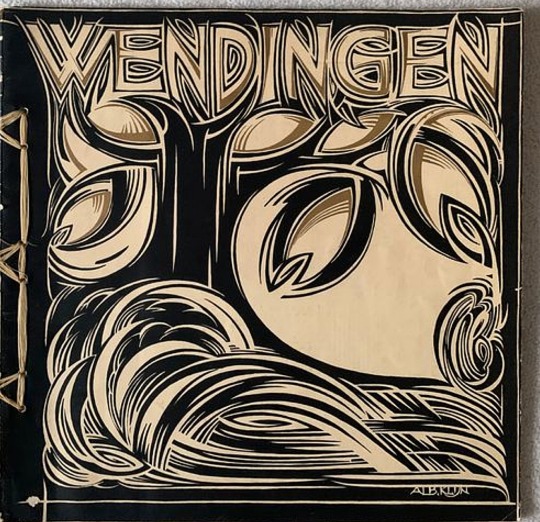#hendrik wijdeveld
Text

Dutch Pavilion at the 1930 World's Fair in Antwerpen, Belgium, by Hendrik Wijdeveld
#1930s#exhibition pavilion#modernism#modernist#architecture#belgium#architektur#antwerpen#hendrik wijdeveld#amsterdam school
245 notes
·
View notes
Photo
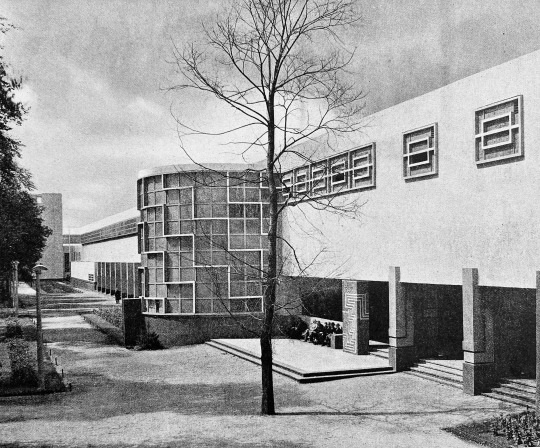
Dutch Pavilion,1930 World's Fair in Antwerpen, Belgium,Hendrik Wijdeveld
31 notes
·
View notes
Photo
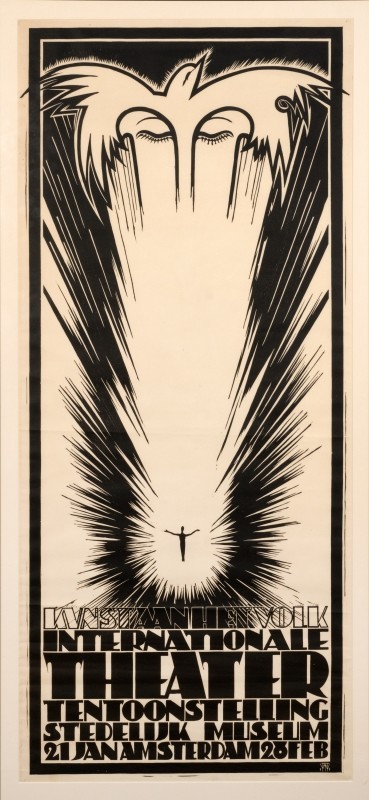
Hendrik Wijdeveld Poster Design ‘Internationale Theater Tentoonstelling’ 1922.
(Executed in black and white, the severe design was conceived as a woodcut. It stands in strong contrast to De Stijl, the coldly rational style of Van Doesberg and Mondrian during that time.)
(via internationalposter.com)
#art#dutch avant-garde#poster design#woodcut#1920s#1922#de stijl#lithograph#graphic art#hendrik wijdeveld#dutch artist
26 notes
·
View notes
Photo

Cover of Hendrik Wijdeveld’s book Naar Een Internationale Werkgemeenschap, 1931 (via here)
259 notes
·
View notes
Photo
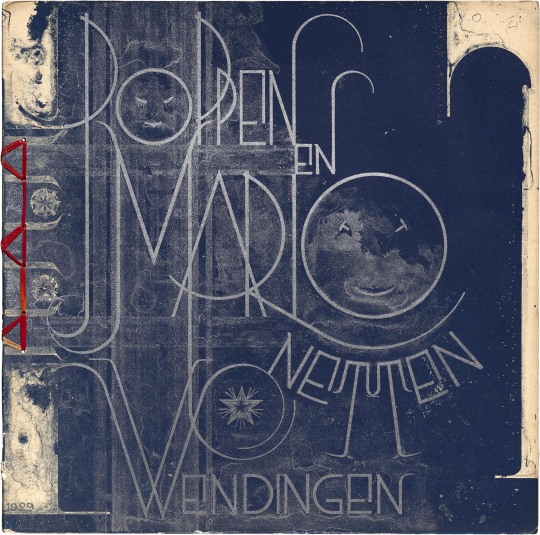
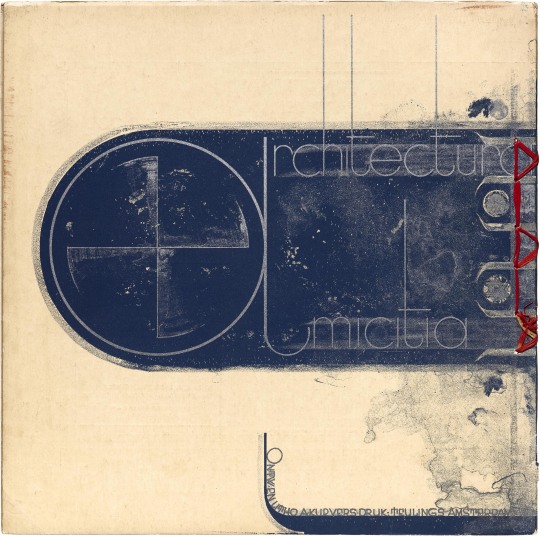
Wendingen, Series 9, No. 11, 1929
18 notes
·
View notes
Photo
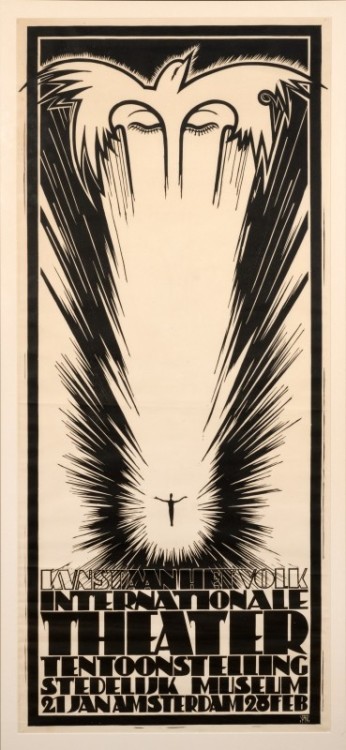
Hendrik Wijdeveld Poster Design ‘Internationale Theater… https://ift.tt/2IxeuHa
0 notes
Photo

Cover of Hendrik Wijdeveld’s book Naar Een Internationale... http://ift.tt/2AVicSZ
0 notes
Text

Dutch Pavilion at the 1930 World's Fair in Antwerpen, Belgium, by Hendrik Wijdeveld
#1930s#exhibition pavilion#modernism#modernist#architecture#belgium#architektur#antwerpen#hendrik wijdeveld#amsterdam school
91 notes
·
View notes
Text

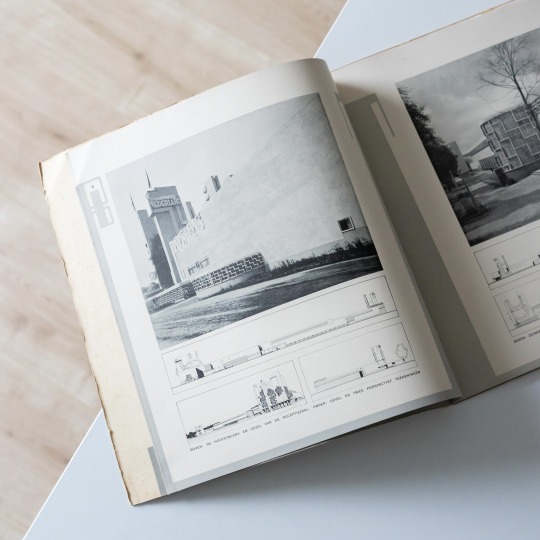
In the late 19th and early 20th century World’s Fairs were incredibly popular crowd pullers and an effective tool for nations to create their national „brand“. In 1930 the Belgian city of Antwerp hosted the „Exposition internationale coloniale, maritime et d'art flamand“ which, like its name suggests, focused on colonialism, the maritime and Flemish art. Besides, among others, Austria, Brazil, Germany and Spain also the Netherlands were present with an national pavilion designed by Hendricus Theodorus Wijdeveld.
The Dutch architecture and art magazine „Wendingen“, the mouthpiece of the architect association „Architectura et Amicitia“, in 1930 dedicated its third annual issue to the exhibition pavilion, highlighting both its architecture and the exhibition it housed. Coincidentally Hendrik Wijdeveld at that time also was the editor in chief of „Wendingen“ The cover page was designed by the graphic designer Willem Jacob Rozendaal.
In the pavilion the focal point lies on the promotion of the Rotterdam harbor, the Dutch landscape and the Dutch colonies while the fine arts only play a subordinate role in the self-display of the country. Around the different displays Wijdeveld designed an airy yet monumental pavilion that is very much in keeping with his Amsterdam School architecture: clean-cut volumes and pronounced massing but without the expressive details that can be found in the work of colleagues like Michel de Klerk.
A massive thank you goes to @kundst for providing me with this treasure!
#wendingen#dutch architecture#exhibition pavilion#architecture#netherlands#architecture magazine#amsterdam school
44 notes
·
View notes
Photo
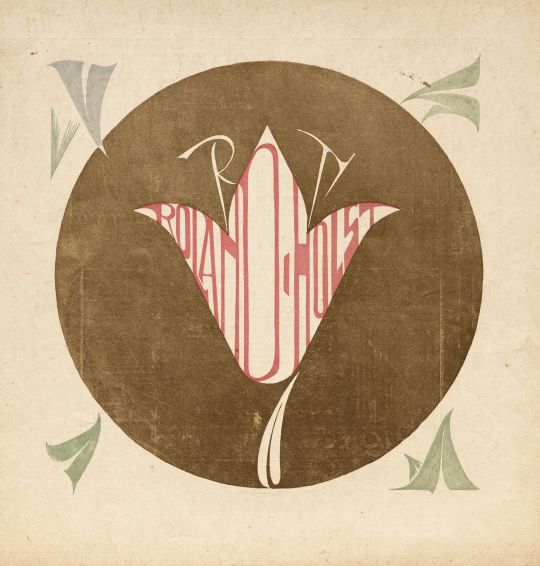
Wendingen, Series 5, No. 1, 1923
12 notes
·
View notes
